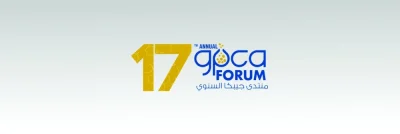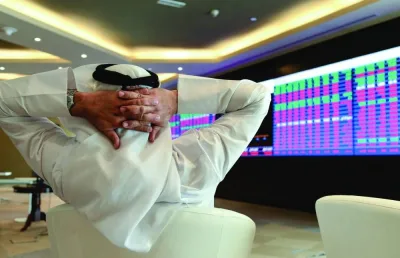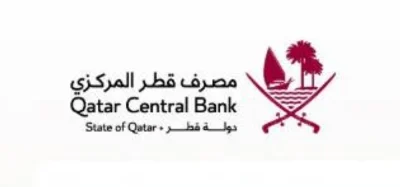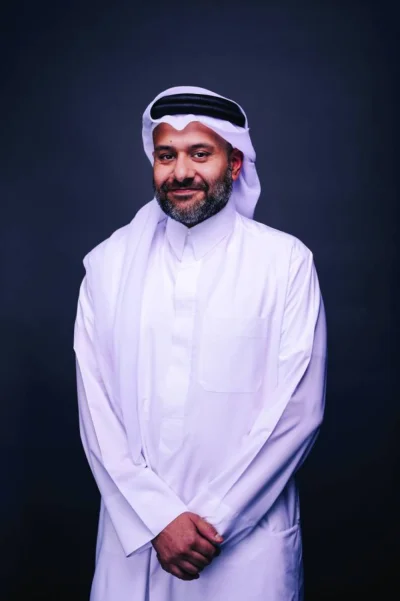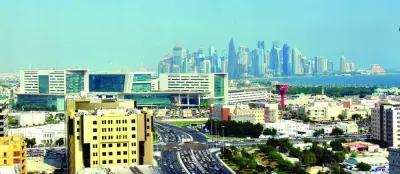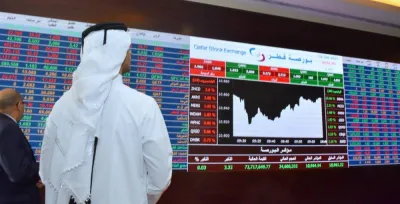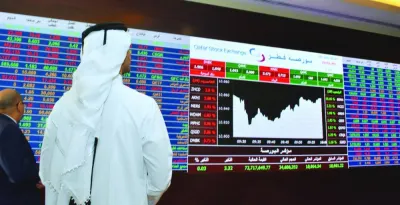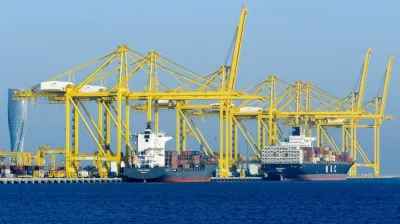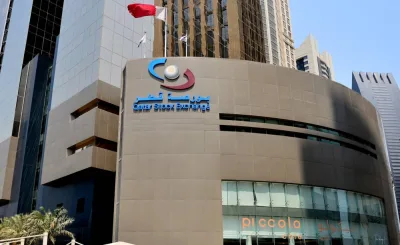The 17th Gulf Petrochemicals and Chemical Association (GPCA) forum concluded yesterday with the active participation of key decision makers and industry experts, and the next session will be held in Muscat, Oman.This year's forum titled 'Mobilising Chemistry for Impactful Transformation' witnessed the ministers and subject experts discuss challenges and issues faced by the industry and also deliberated on low carbon and circular solutions.Inviting members and delegates to the 18th session in Muscat, Salim bin Nasser bin Said al-Aufi, Minister of Energy and Minerals, Oman, said "we will definitely take the actions and the learnings from this forum and the previous ones and will try to address as much as we can at the next forum,"The Doha forum, which saw keynote address from HE Saad bin Sherida al-Kaabi, Minister of State for Energy Affairs, Qatar; Abdulaziz bin Salman al-Saud, Minister of Energy, Saudi Arabia; and al-Aufi; acknowledged that chemicals are needed for a sustainable development.The Saudi Arabian oil minister categorically said the petrochemicals segment is a crucial element in the global campaign to reduce greenhouse gas emissions and emerged as a driving force in fostering positive changes in the fight against climate change.Earlier addressing the opening session, al-Kaabi outlined three point agenda which includes greater investment in energy efficiency and low carbon innovation and co-ordinated policies and incentives, for equitable, secure and sustainable energy transition, which not only protects earth but also propels economic growth.Various panellists at the meeting of petrochemicals and chemicals grouping were of the view that fossil fuels cannot be wished away, even as the recently concluded COP28 in the neighbouring UAE saw negotiations on “orderly and just" phase out of fossil fuels."As the chemical industry continues to be faced with new challenges and opportunities, our aim has been to facilitate the partnerships and collaboration needed to mobilise the industry around alignment and concrete action on issues such as sustainability, trade, circular economy, plastics waste management and so much more," according to Dr Abdulwahab al-Sadoun, secretary-general, GPCA.Dedicated sessions allowed the audience to engage in immersive discussions, learn about the latest trends in procurement, innovative sourcing strategies focused on localisation and sustainability, the impact of procurement on enhancing the agility and resilience of supply chains.The youth forum, now in its second edition, saw awareness creation on the chemical industry and a holistic networking experience for the more than 400 attendees by bridging the gap between leaders and young professionals.Solutions Xchange, an interactive knowledge-sharing platform that happened parallel with the forum, saw the sponsors and exhibitors come together to address industry challenges and discover practical solutions, Xchange insights, and unlock new possibilities that will shape the chemical industry’s future.

Most Read Stories
4

